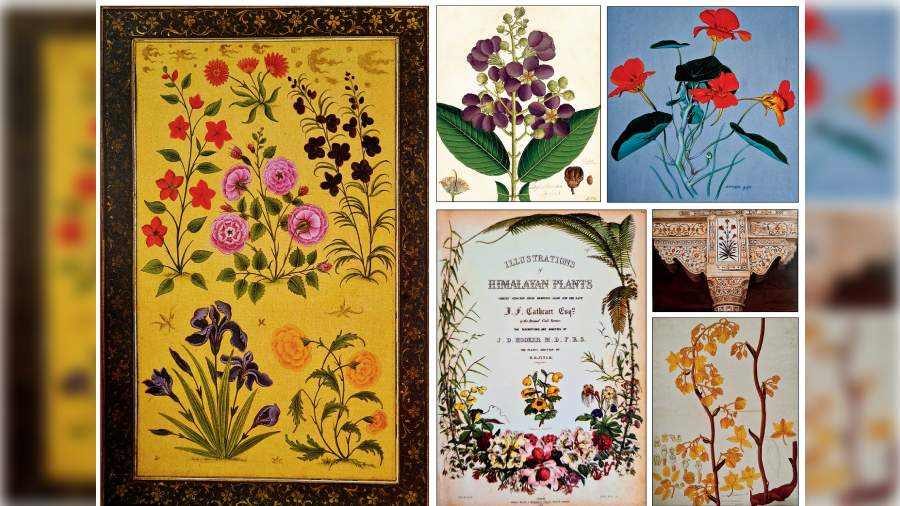When Europeans arrived in India, they were dazzled by the subcontinent’s exotic flora and fauna. The colonizers thus started commissioning local artists to paint these. In the absence of the technology of photography, the drawings had to be made with utmost fidelity using natural dyes.
INDIAN BOTANICAL ART: AN ILLUSTRATED HISTORY (Roli/ Kew, Rs 2,500) by Martyn Rix traces the imperial fascination with the subcontinent’s botanical resources by period, artist and region, drawing on the vast collections at the Royal Botanic Gardens, Kew, in the United Kingdom. This is an exquisitely produced volume. It is also important because Rix painstakingly catalogues the achievements of such pioneering botanists as William Roxburgh, Robert Wright and Claude Martin, pairing them with artists like Haludar, Govindoo, Rungiah, who were in the former’s employment. Indian Botanical Art is one way of returning ownership of the art commissioned by the imperium to indigenous creators and acknowledging their role in scientific documentation and research.










